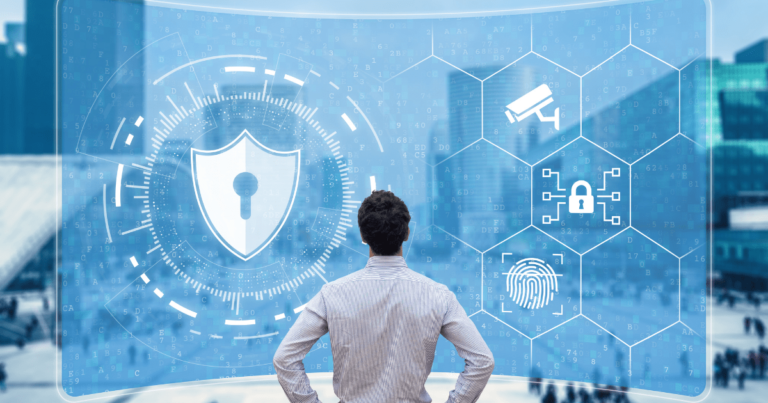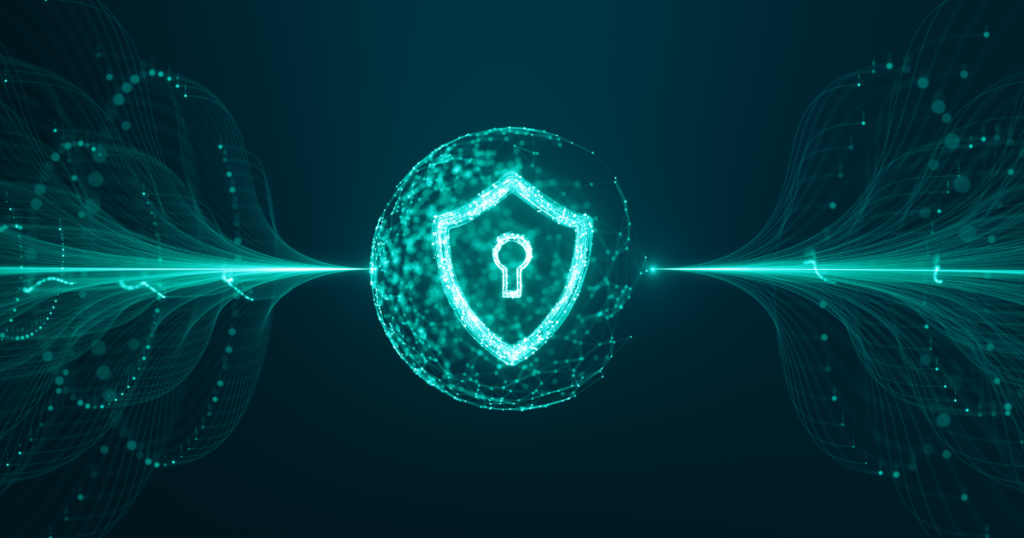
In a landscape where digital transformation is rapidly reshaping industries, the telecom sector faces the need to prioritize cybersecurity.
Cyber threats targeting telecom infrastructure and customer data have surged in complexity and volume, making cybersecurity a pivotal aspect of modern telecom operations.
The Critical Role of Cybersecurity in Telecom
The telecom industry serves as the lifeblood of global communication and data transmission. Given its importance, the consequences of potential data breaches and cyberattacks can be catastrophic. This risk profile makes implementing effective cybersecurity measures a top priority, with a focus on safeguarding vital infrastructure and customer data.
Trending Cybersecurity Measures
Zero-Trust Architecture
The zero-trust model has gained considerable attention as a paradigm shift in network security. Operating on a “never trust, always verify” principle, this framework ensures that every device and user is scrutinized before being granted network access.
AI and Machine Learning for Real-time Threat Analysis
The incorporation of AI and machine learning into cybersecurity strategies provides a more dynamic approach to threat detection. These technologies have the capability to identify and counter vulnerabilities almost instantaneously, making them invaluable in the fast-paced telecom industry.
Multi-Factor Authentication (MFA)
MFA has been around for some time, but its importance can’t be overstated. This additional layer of security involves multiple methods of verification, making unauthorized access more difficult.
Endpoint Security for a Remote Workforce
The rise of remote working and BYOD (Bring Your Own Device) has put a new focus on endpoint security. With devices like laptops and smartphones being used away from secure corporate networks, endpoint security ensures that these devices don’t become vulnerabilities.
Security and IoT Devices
The Internet of Things (IoT) introduces a new set of challenges for cybersecurity. Telecom companies should pay special attention to securing these smart devices as they can serve as entry points for cyberattacks.
The Importance of Good Practices
Maintaining good cyber practices can sometimes be overlooked but is crucial for minimizing vulnerabilities. Frequent updates, password management, and secure data storage are simple yet effective measures in any cybersecurity strategy.

Regulatory Landscape
Compliance with evolving regulations is another critical aspect of cybersecurity for telecom companies. Regulations like GDPR in Europe or the CCPA in the United States impose stringent data protection requirements that telecom companies must meet to avoid severe penalties.
The Risks of Overlooking Cybersecurity
Ignoring the fast-evolving realm of cybersecurity poses severe risks:
- Financial Repercussions: A single data breach can have a staggering financial impact, including potential fines and a decrease in stock value.
- Reputational Harm: Trust is paramount in the telecom industry; a cybersecurity incident can result in long-lasting reputational damage.
- Operational Impediments: Cyberattacks can disrupt services, causing both direct and indirect harm to operations and customer experience.
Cybersecurity Best Practices
To complement emerging trends, telecom operators should also maintain a set of foundational cybersecurity best practices:
- Regular Updates: Keep all software and security protocols current.
- Employee Training: Equip your team with the skills and knowledge to recognize and combat cybersecurity threats.
- Data Encryption: Utilize robust encryption techniques for all sensitive data.
Cybersecurity is a continuous endeavor in the rapidly evolving digital landscape. By staying updated with the latest trends and best practices, telecom companies can better defend against the ever-present threats, ensuring the security of both infrastructure and customer data.
Related articles: The Role of Digital Technologies in the Telecom Industry









